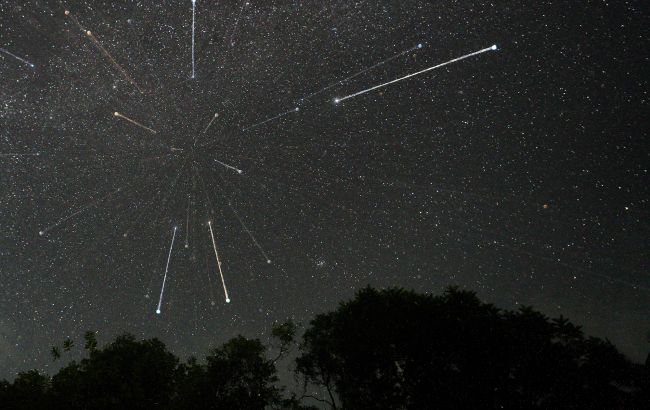Quadrantids light up the heavens - 2024's first meteor shower
 Photo: The Quadrantids light up the heavens - 2024's first meteor shower (GettyImages)
Photo: The Quadrantids light up the heavens - 2024's first meteor shower (GettyImages)
The Quadrantids meteor shower, one of the best annual meteor showers, will peak in early January 2024, offering a spectacular display with up to 120 meteors per hour. This event is particularly notable for its potential to produce bright fireballs, according to USA Today.
From December 26, 2023, to January 16, 2024, the Quadrantids will peak on January 4.
The optimal viewing time of this year's Quadrantids meteor shower is at 7:53 a.m. EST (12:53 GMT) on January 4. Therefore, the optimal viewing time in North America would be the pre-dawn hours, approximately from 4:53 a.m. EST until dawn. Viewers in the western parts of the continent will have a better opportunity to observe the Quadrantids earlier at night.
However, the maximum activity of this meteor shower is brief, lasting only about six hours, and is often hindered by poor weather conditions typical in early January.
Additionally, the moon's half illumination during this period might make it more challenging to view the shooting stars. However, the brighter fireballs are expected to be visible even in light-polluted areas.
The Quadrantids are known for their sharp peak in activity, similar to the Lyrids, Leonids, and Ursids, the other three major meteor showers with a distinct peak each year.
Tips for observers
NASA advises observing the Quadrantids meteor shower during the night and the hours before dawn for optimal viewing. To enjoy the Quadrantids fully, select a location far from the city and street lights and be equipped for cold weather conditions.
NASA recommends lying on your back with your feet pointed northeast and gazing upwards to cover a broad expanse of the sky. Your eyes will adjust to the darkness in under 30 minutes, allowing you to start seeing meteors.
Meteor shower
The background of the Quadrantids meteor shower lies in its unique characteristics and annual occurrence. This meteor shower is named after a now-obsolete constellation, Quadrans Muralis, and is renowned for its intense peak activity and the potential to produce bright fireballs.
The Quadrantids and the other major meteor showers offer a recurring celestial spectacle that attracts astronomers and stargazers alike, highlighting our night sky's dynamic and ever-changing nature.
Also, we recently wrote that a strong magnetic storm will hit soon.

